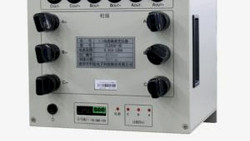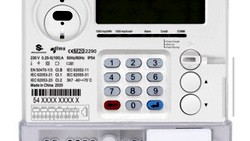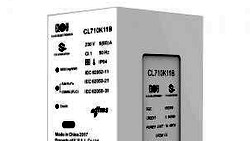The Saxon state capital, Dresden (Germany) faced on September 13 a massive power fail, leaving around 300k customers without supply. The official statement claims a metal coated party balloon as reason.

The balloon caused a short-cut at the 100 kV substation Dresden-South. Since there are no burn-marks on the object, I have my doubts that high voltage was involved.
For copyright reasons we can't publish the evidence photo here, but you can take a look e.g. at the t-online news.
By enlarging the evidence photo, you can get the balloon manufacturer information.
According to their website the largest products have a size of 85 cm by 35 cm.
When we consider the safety distances for a 100 kV installation, the short-cut must have been in a mechanically unprotected low-voltage security circuit.
Anyway, the sub-station disconnected suddenly and there was either no time left or no capacity to reroute the supply.
Typically, countermeasures for a blackout are following several stages:
If the electricity consumption is higher than the electricity produced by the power plants, there is an undersupply of electricity. The frequency is dropping below the nominal value. We here consider 50 Hz as nominal frequency, the given frequency thresholds are for Europe.
A fluctuation between 49.9 Hz and 50.1 Hz is normal.
Once the frequency drops to 49.8 Hz, the primary control supports the power generators. This can be a flywheel, fast reacting battery storage or increasing the output of a power plant, if it's operating below 100 %.
If the frequency drops to 49 Hz, large power consumers with load shedding contracts are throttled or disconnected. These customers have special contracts with the power companies on lower rates.
On 48.7 Hz also normal customers are disconnected from the grid.
At 48.4 Hz the subnetworks are separated. At that stage, a whole region will face power outages.
If the frequency drops below 47.5 Hz, all power plants are disconnected from the grid.
Restoring power in this case will take several days.
In the Dresden case, it took around one hour to restore power for 95 % of the customers from a single substation.
Thank you for reading and stay safe
Editor's note: This article was originally published in September 2021 and has been updated for comprehensiveness.





All comments are moderated before being published. Inappropriate or off-topic comments may not be approved.